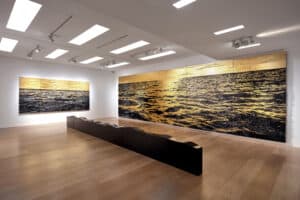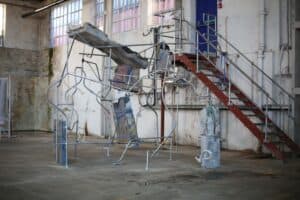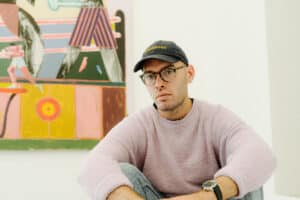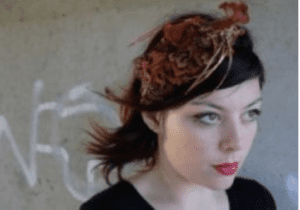Opening this October in a 67,000 sqft industrial space The Factory Project promises to be one of the highlights of Frieze week. Over the coming weeks, FAD is talking to all ten curatorial teams taking part in the museum scale exhibition. Below we have Pacheanne Anderson
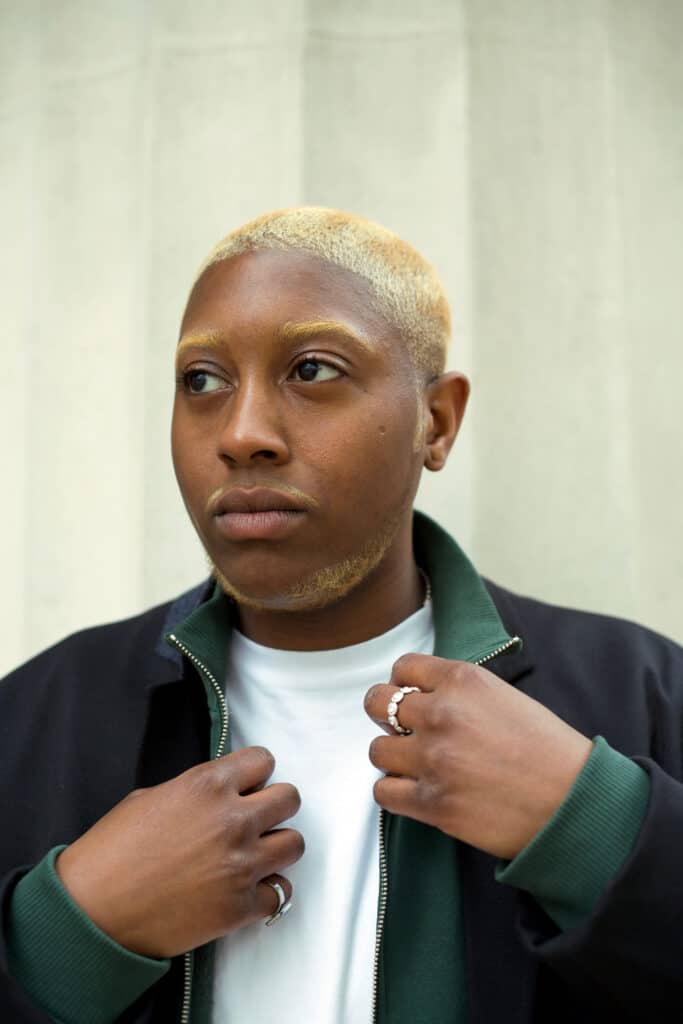
Can you tell us about your curatorial practice?
Pacheanne Anderson: My curatorial practice is centred around equity and diversity outside of institutional frameworks. Initially, when I first began curating, I had the decolonial mentality – entering existing institutions and creating change and space within them through taking up space with artists and/or artworks that challenge the stereotypical view of the art world’s perspective on equality and diversity. I realised that this could never work, as the systems within these environments don’t actually take on the ethos of ‘diversity or ‘inclusion’ and instead use it to promote their ‘new’ modern values.
As I got further into my journey as a curator and writer, as well as using my experience as an artist to understand these institutional flaws, my practice has now become about creating spaces of my own where I can create conversations and representations of an artworld I imagine – diverse, transparent and most importantly equitable. For me, that looks like fair working agreements and/or contracts, upfront and honest approaches to artists about budgets and pricing, and expectations and making sure their payment is more than exposure. My curatorial practice is broad and does not only prioritise the promotion of art history and theory, but practical ways to assist and support emerging and new artists specifically to ensure their protection when working with galleries and museums who may try to sidestep fair working agreements and commissions – commercial galleries in particular
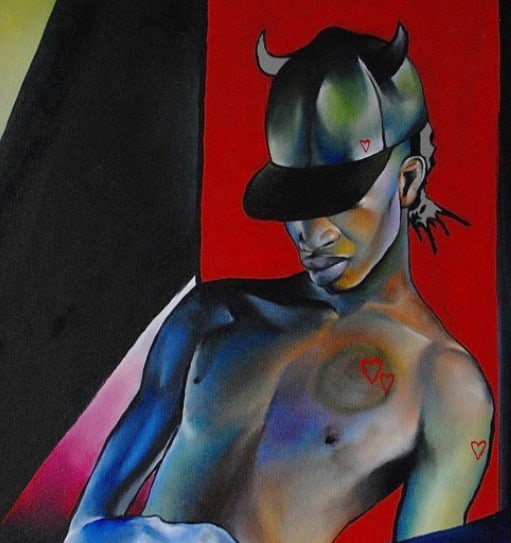
Can you tell us a bit about the exhibition you will be presenting at The Factory Project?
PA: So, the overall theme is portraiture, with a specific look at internal conversations, dialogue. The theme came to me when I was at the Jennifer Packer show which is on at Serpentine which was rich with presenting themes of trauma and mental state through presenting the essence of the environments and subjects in the work. So when I was thinking on themes, I decided that I wanted to present a show with a selection of artists whose work looks at capturing or searching for the essence of human nature, self-reflection, whilst revelling in the liminal, unknown non-physical inward-centred spaces, which make up who we really are as people. Hopefully, through the pairings of works, the themes will be apparent and work well. I am very excited to start installing the works as I think it’s where the themes will come to life for me.
As much as the show’s theoretical themes being about portraiture, I hope the show is a portrait of myself and what I think every art show should aim to do with genuine intentions – when I walk around the show, do I see my circle of friends represented, are their issues of inaccessible language, is their risk that my artists could be misgendered or misrepresented through the wall texts or online texts etc. I would like to try to present what I think every art space should look like in response to the institutional failures I have seen over time, moving away from those box-ticking structures.

Which artists have you invited to take part in your section of The Factory Project and why have you chosen them?
PA: I have chosen a wide selection of artists who work across disciplines including film, sculpture, textile and painting, as well as performance – Courtenay Welcome, Rachel Sola Williams, Sam Wootton, Mohammed Adel, Chloe Filani and Holly Jackson. I’ve seen so many well-curated exhibitions recently, and the thing they had in common was the range in types of works and the artists presented; they all seemed to pay close attention to detail when discussing the themes and conversations between the works in an accessible language. This is something I wanted to implement in the show.
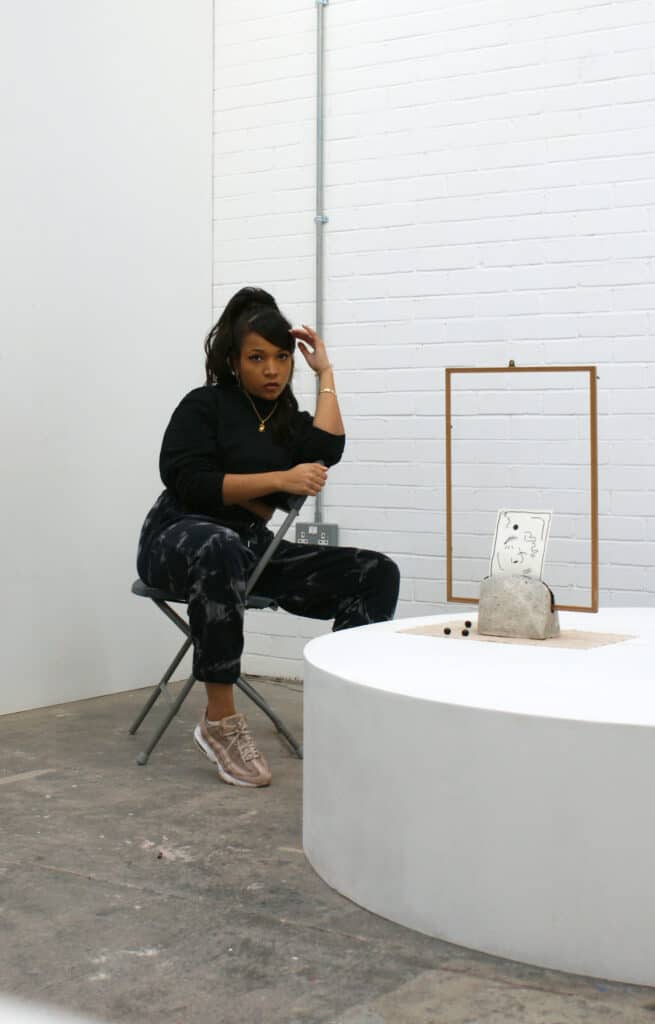
The reason I selected these particular artists for me was to attempt to use my knowledge of the different barriers to entry in the art world and tackle or highlight them through these artists. Whilst I champion QITPOC artists usually, I wanted to acknowledge with my selection of artists, that there are still potential social and elitists barriers that do affect non-POC working-class artists who did not go to art school and are not part of the protected artworld circles. I have artists which represent varied walks of life and have and/or had very different creative careers until this point.

How do you feel about the hijack of the word curator by editors, stylists, DJs, z list celebs, a list celebs, tv personalities & influencers?
PA: That’s something I have been thinking about for the last few months actually. I find it quite annoying to be completely honest. It feels like the word is being overused, misused and very played out. A curator is pretty much a project manager for art-based events… so in my mind, it seems almost ridiculous to call yourself a curator of something without years of research, knowledge, background or experience. Furthermore, what is a curator who doesn’t put on art events or curate shows? – It’s like being an events manager without ever managing a project or having an event. I could even take it a small step further to say it’s a little offensive to the people like myself who have been working in this capacity for many years. However, in the wider scope of things, I understand that people think art is trendy now, so there are a few phrases/job roles people are becoming aware of.
The Factory Project takes place in a very large IRL exhibition space. How do you envision your exhibition to be presented?
PA: I envision it to look like a commercial gallery space, where the space and the work and themes are in harmony, with respect for the work and its intentions. I envision a clean bright space, where visitors feel comfortable to take the time and space they need with the works.
As much as I want the space to look like a commercial gallery space, I want it to have the ethos opposite to it, whereby visitors are welcomed into the space and are comfortable to speak with myself and the artists about the work without those strange invisible art world barriers. I envision the space being vibesy, and inviting to other fellow writers and curators but also somewhere potential collectors or advisors/ other art profs want to bring others, to connect with myself on behalf of artists or with them personally.
I will be experimenting with how I hang the painting works too. I often find that paintings are always presented in the same boring way, and I am lucky to be working with such a great group of talent who have fresh ideas and are looking to collaborate with me creatively.
Collaboration is key for anything I do and supporting/promoting other Black-British entities. Last year I worked with Cabbies alcohol brand who specialise in rum and gin. It’s a British-Caribbean owned business. this year I’ll be doing the same with a brand called Las Olas, who are a spiced rum brand – rum by three young black men from London. They have been doing well on the market and have had support from various prominent black public figures such as Stormzy and influencer Annie Drea. They’ll be supplying us with a few bottles for the opening day.
During COVID/ lockdown what have you been reading, watching, listening to?
PA: I’ve been taking in lots of different types of media. Sotheby’s online in-conversation talks are great which are on Youtube. Talk Art is a great podcast too, they have some really good discussions and have spoken with some of my favourite Black British artists over the last few months. I’ve been rewatching Bojack Horseman and all my favourite films which include The Greasy Strangler, Set it Off and Kuso. Oh, and Tim Robinson’s I think you should leave now – great show. Reading wise, it’s been varied. I’m still writing my dissertation, so a lot on Art Business, anarchism, and random bits of poetry by Langston Hughes.
Have there been any positives for you from lockdown?
Lockdown positives for me included my year-long digital curatorial fellowship with @Blackbritishart on Instagram. I doubled the numbers and gave the page a fresh new approach by broadening the artists we were championing across art disciplines which stretched outside of fine art to film and TV, theatre and performance. The research and connections I made doing that for a year was great and really honed my research skills and also allowed me to be more experimental with my own digital content on my Instagram pages. I realised how I can use my own social media to bring transparency about the things I’m doing daily, to give a more behind the scenes view of art world happenings – which I think is very important now more than ever – people really seem to be enjoying it.
2022 what do you have plans? & do you feel confident about the future?
PA: I really do feel confident about what’s to come. Hopefully more writing commissions – I love being paid to write essays about artists’ works/collections. Fingers-crossed too, I will have my first selling show at a commercial gallery where I have been given the space to propose a selection of artists, which I am excited to announce soon also. I’ve also been working as curatorial lead on a project with Bolanle Tajudeen and the Black Blossoms School of Art & Culture on a great series of panel discussions which will hopefully take place by the end of the year.
The plan is to keep growing my networks and community of artists and fellow art people so that I can move to the next phase of my career. I’ve had a great experience learning the perils of being engulfed in an extremely conservative work and learning environment, so now it’s time to use my knowledge and experience – good and bad – to address those problems outside of these institutions, creating my own environment of empathy, joy, equity and respect.
I’m working quite closely with Ellie Pennick (Guts Gallery founder and Director) who is mentoring me through my business plan for the online art agency which I will be opening officially between the end of the year and the first quarter of 2022. We share a very similar ethos regarding the current state of the artworld and the ways we can actively bring it closer to one we imagine. They have tonnes of knowledge and are doing it already so it’s all quite exciting.
The Factory Project is one of the largest curated events during London’s Frieze week and will be held at Thameside Industrial Estate, from 9 – 22 October 2021. Free Tickets
The Factory Project is an independent museum-scale exhibition that has been scheduled to take place during London’s Frieze week. It has been initiated to support emerging to mid-career artists and curators and is presented as a multi-disciplinary survey project. This exhibition plays host to 10 UK based independent curators and curatorial platforms; each producing their own exhibitions within the larger factory site and will be showcasing upwards of 80 artists.
The Factory Project takes place at the monumental Thameside Industrial Estate, a 6,284m2 warehouse and yard complex in North Woolwich, Newham – a short walk from London’s City Airport and nestled between the Tate & Lyle’s Sugar Refinery and the Thames Barrier – on Factory Road. It is produced by Thorp Stavri and is supported by Projekt and FAD Magazine.

